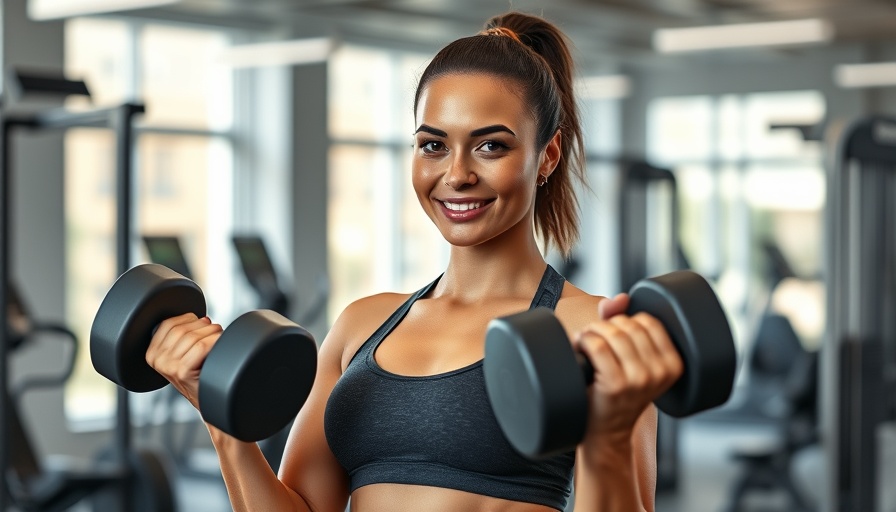
Unlocking the Power of Daily Walking: Health Benefits For Everyone
Walking is often overshadowed by high-intensity workouts, yet it remains one of the most straightforward and effective forms of exercise. Daily walks can enhance overall well-being, proving that you don’t need to run marathons to achieve a healthier lifestyle. From boosting heart health to elevating moods, the benefits of walking daily are extensive and profoundly impactful.
Starting Your Day Right: Morning Walks
Embracing the early hours with a brisk morning walk can dramatically transform your day. Studies, such as one published in the Journal of Environmental Psychology, highlight that the fresh air and serene surroundings can revitalize your mood and sharpen your mental clarity. Morning walkers often experience a surge in energy, enhanced metabolism, and an invigorating start to the day.
The Connection Between Walking and Mental Health
Regular walking serves not just physical, but also mental well-being. The tranquil atmosphere of pre-dawn hours allows for reflection, making morning walks a time for mental clarity. Furthermore, research in the Journal of Aging Research indicates that older adults benefiting from regular walks experience better cognitive functions, supporting the notion that movement can enhance brain health.
Evening Walks: The Perfect Wind Down
After a long day, slipping into a 6 PM walk can serve as the ideal way to transition from work mode to relaxation. Evening walks relieve the stresses of the day and function as a buffer to help clear the mind. Research published in the Nutrients Journal shows that walking post-dinner stabilizes blood sugar levels and reduces the likelihood of weight gain, making these walks essential for effective weight management and overall health.
Exceeding Expectations: Walking for 60 Minutes Daily
Committing to 60 minutes of walking per day can yield remarkable health benefits. This simple habit strengthens cardiovascular health, reducing the risk of diseases such as heart complications and diabetes. Additionally, it can promote weight loss while enhancing mood and sleep quality. The transformation brought about by this moderate exercise underscores how easily fitness can be integrated into daily life.
The Broader Impact of Walking on Communities
While individual benefits are substantial, the collective advantages extend to communities that promote walking. Urban planning that prioritizes walkable spaces contributes to increased physical activity among residents, leading to healthier populations. Such designs not only foster fitness but also enhance community interactions, making neighborhoods more vibrant.
Barriers to Walking: Understanding and Overcoming Challenges
Despite the known benefits, many individuals face barriers to incorporating walking into their daily routines. Common challenges include time constraints, safety concerns, and poor weather conditions. Recognizing these obstacles and implementing strategies to make walking more accessible is crucial. Suggestions include organizing community walking groups or establishing safe pathways.
Conclusion: Take the First Step Towards a Healthier You
In conclusion, making walking a regular part of your routine can significantly enhance your physical and mental health. Whether you choose to walk alone or with a friend, every step counts towards achieving a healthier lifestyle. So put on your walking shoes and take that first step towards a revitalized you!
 Add Row
Add Row  Add
Add 




Write A Comment